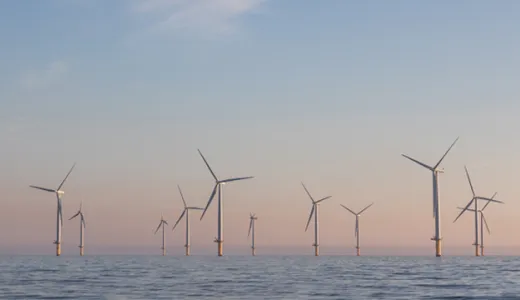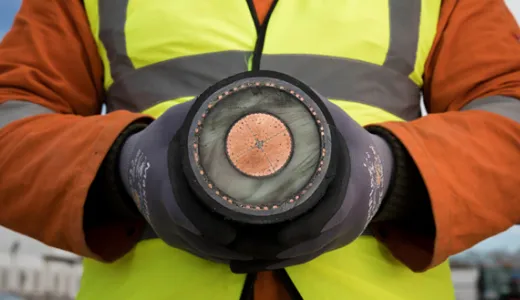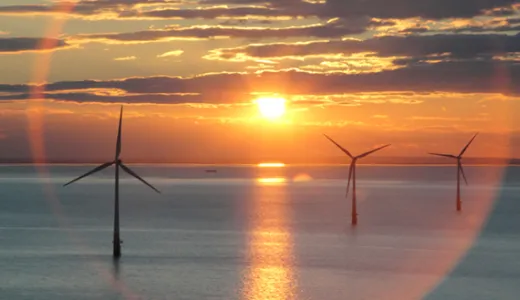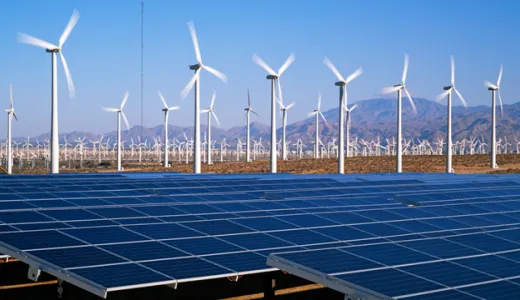What are Offshore Hybrid Assets?
Offshore Hybrid Assets or OHAs (formerly known as multi-purpose interconnectors) are a new generation of subsea technology that will connect clusters of offshore wind farms to multiple countries.
OHAs will help to speed up the connection of offshore wind and maximise the use of wind generation. They will also reduce the impact on local communities by reducing the amount of connection points and onshore infrastructure required to connect this clean energy to the shore.
What’s the difference between interconnectors and OHAs?
Interconnectors are subsea cables that allow us to share electricity between countries safely and reliably. They currently run directly from a location in one country to another. At the moment, offshore wind farms and interconnectors operate separately and connect to the shore individually.
OHAs are seen as the next generation of interconnector.
Given the huge increase in offshore wind capacity needed to help achieve net zero, in the future OHAs could enable offshore wind and interconnectors to work together – creating an offshore hub for green energy and helping the UK to achieve its net zero target by integrating more renewable energy onto the network.
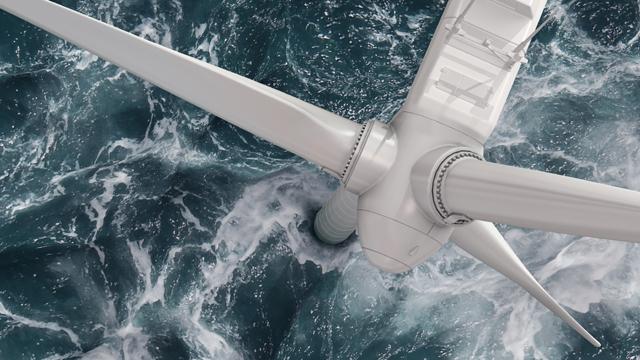
What are the benefits of OHAs?
OHAs will help to:
- promote more affordable energy by providing access to the lowest priced energy available between the UK and neighbouring countries
- reduce the impact on coastal communities and the environment, by minimising the number of connections needed to shore and therefore the amount of infrastructure required
- increase security of supply by providing access to a more diverse pool of clean energy generation, as well as ensuring that the energy flows from where it’s being generated to where it’s needed most
- help to achieve the UK’s climate targets of 50GW of offshore wind by 2030 and net zero by 2050
- support the transition to a cleaner energy system by providing more flexible capacity between the UK and neighbouring networks
- maximise the use of renewable energy generation by accelerating the development of offshore wind.
Tapping into the North Sea’s renewable energy potential
The North Sea holds huge potential for both the UK and Europe to deliver great increases in offshore wind energy and is seen as the ‘engine room’ of the UK’s energy transition.
The UK government has set an ambition for 50GW of offshore wind power generation by 2030, which is enough to power nearly every home in the country. By 2030 the North Sea alone could provide up to 120GW of offshore wind generation – enough to power over 120 million homes.
That’s why we’re developing OHAs that will help to speed up the connection of offshore wind from the North Sea, to deliver the maximum benefit of its wind power for everyone across the UK and Europe.
Find out more about the North Sea’s role as a clean energy powerhouse
Our vision for OHAs
Our National Grid Ventures (NGV) business is working with European partners to develop a vision for OHAs, including:
LionLink
LionLink (formerly known as Eurolink) is a first-of-its-kind OHA project to connect offshore wind between the UK and the Netherlands with the potential to supply around 1.8GW of clean electricity – enough to power approximately 2.5 million British homes, helping to strengthen our national energy security and support the UK’s climate and energy goals.
Nautilus
The Nautilus Interconnector will allow electricity to flow between the UK and Belgium, as well as connecting to offshore wind generation in the North Sea. The new OHA could supply enough green electricity to power around 1.7 million UK homes.
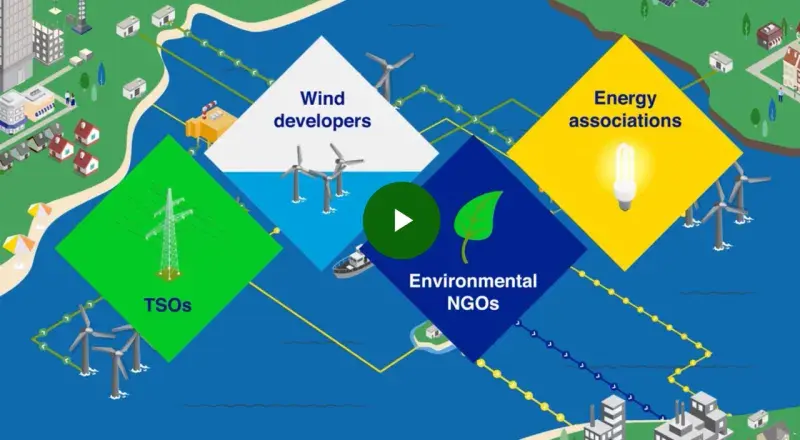
The need for Offshore Hybrid Assets
Watch this video to find out why OHAs are key for harnessing offshore wind energy and how they’ll fit with other types of clean energy innovation in the North Sea and beyond.
Why are OHAs no longer called multi-purpose interconnectors?
We used to refer to OHAs as multi-purpose interconnectors (MPIs) but changed it in line with new terminology introduced by the Department for Energy (DoE), for better alignment with the European markets – as we work so closely with Europe it made sense to use the same terminology.
Last updated: 30 Aug 2024
The information in this article is intended as a factual explainer and does not necessarily reflect National Grid's strategic direction or current business activities.
